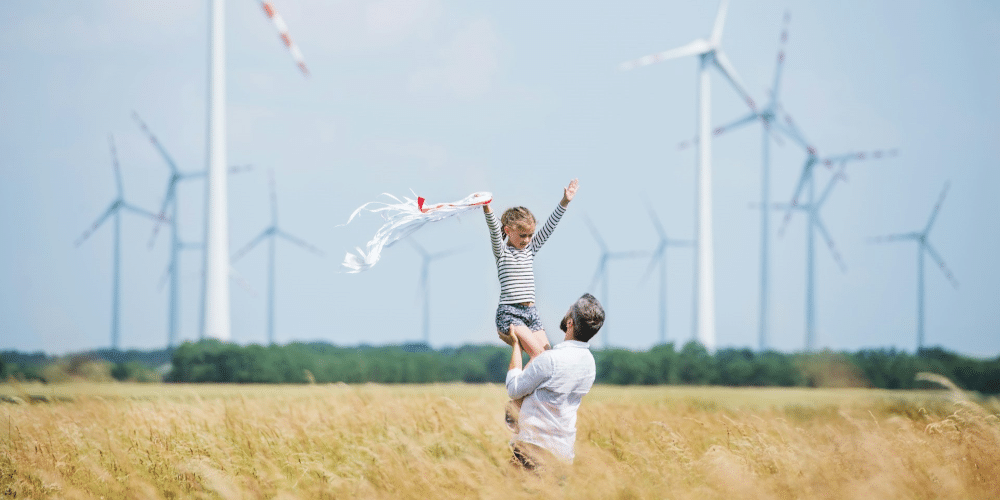Unplug and Unwind: How Reading Can Be Your Mental Health Sanctuary
Feeling overwhelmed by the constant notifications, the never-ending to-do list, and the general chaos of modern life? We’ve all been there. But what if there was a readily available antidote, a simple activity proven to reduce stress, boost mood, and even enhance cognitive function? The answer lies nestled on your bookshelf (or e-reader) – the power of reading.
Here’s the good news: regardless of your preferred genre, cracking open a book can offer a surprising range of benefits for your mental well-being. Let’s explore two key ways reading can become your personal mental health sanctuary.
Escape and Exploration: A Literary Oasis
Imagine escaping to a world where dragons soar through sapphire skies, or diving into a thrilling mystery that keeps you guessing until the very last page. Reading offers a powerful form of escapism, a chance to temporarily leave behind your daily worries and immerse yourself in a different reality.
A recent study by the University of Sussex highlights the stress-reducing benefits of reading. Researchers found that just six minutes of reading can lower your heart rate and ease muscle tension, leaving you feeling calmer and more relaxed.
Think of reading as a mental vacation. Getting lost in a captivating story allows you to temporarily detach from the pressures of daily life. This mental break can be incredibly restorative, allowing you to return to your reality feeling refreshed and recharged.
Beyond escapism, reading opens doors to new worlds and perspectives. Whether you’re learning about historical events, exploring different cultures, or simply delving into the complexities of the human experience, books offer a wealth of knowledge and understanding.
Empathy and Connection: Fostering Your Inner World Through Reading
Have you ever cried alongside a fictional character facing heartbreak, or cheered with a protagonist who finally achieved their dream? Reading allows us to connect with characters on an emotional level, fostering empathy and understanding.
A report by the National Endowment for the Arts highlights the link between reading fiction and emotional intelligence. By experiencing the world through the eyes of others, we develop a greater capacity to understand and respond to the emotions of those around us.
Reading can also be a source of comfort and connection, especially when dealing with difficult emotions. If you’re feeling lonely, anxious, or simply down, there’s likely a book out there that speaks to your experience. Reading stories about characters who overcome similar challenges can offer a sense of solidarity and hope.
Furthermore, book clubs and online communities dedicated to specific genres provide a platform to connect with others who share your passion for reading. Discussing characters, plots, and themes can be a stimulating and enjoyable way to build social connections and combat feelings of isolation.
The Power of the Page: A Lifelong Investment
The benefits of reading extend far beyond simply unwinding with a good book. Reading strengthens cognitive function, improves memory, and can even help to delay the onset of age-related cognitive decline.
Studies have shown that regular reading can stimulate the brain in similar ways to completing a crossword puzzle or learning a new language. This mental workout keeps your brain sharp and strengthens the neural pathways that are crucial for memory, focus, and critical thinking. Furthermore, reading can help to stave off age-related cognitive decline, such as Alzheimer’s disease. A recent study published in Neurology found that people who read regularly throughout their lives were less likely to develop dementia later on.
So, the next time you’re feeling overwhelmed or simply craving a mental escape, pick up a book. You might just discover a world of stress relief, emotional connection, and a lifetime of learning waiting to unfold within its pages. In a world constantly vying for your attention, carve out some time for this simple yet powerful act of self-care. Let the magic of reading work its wonders on your mind, body, and soul.










